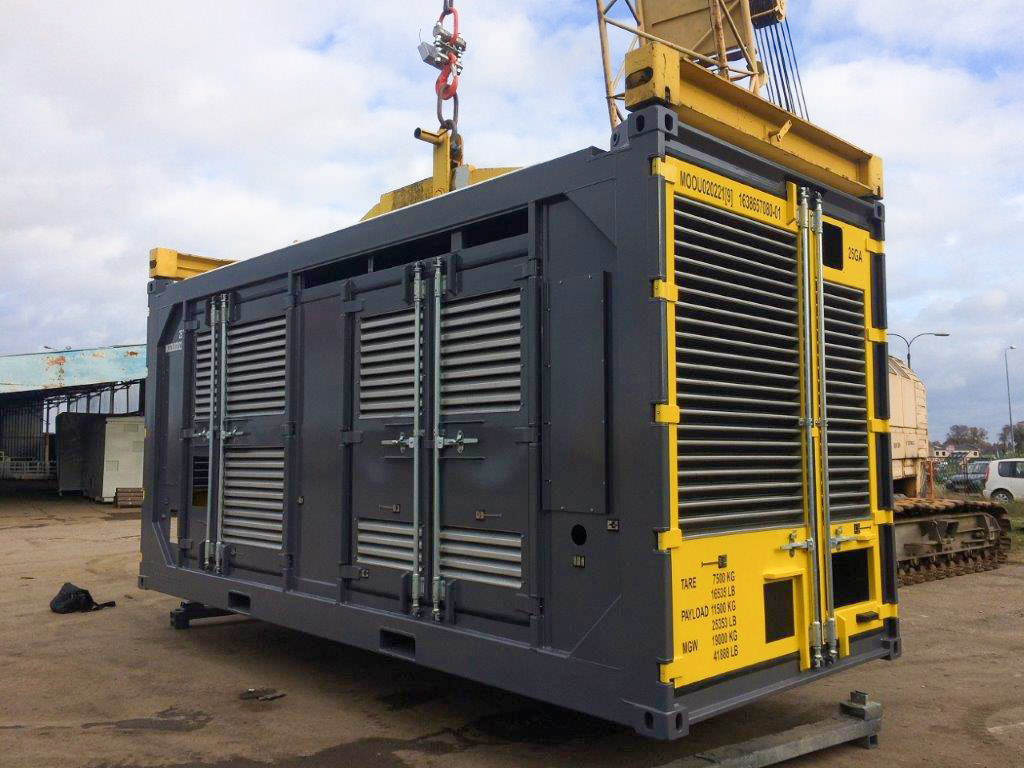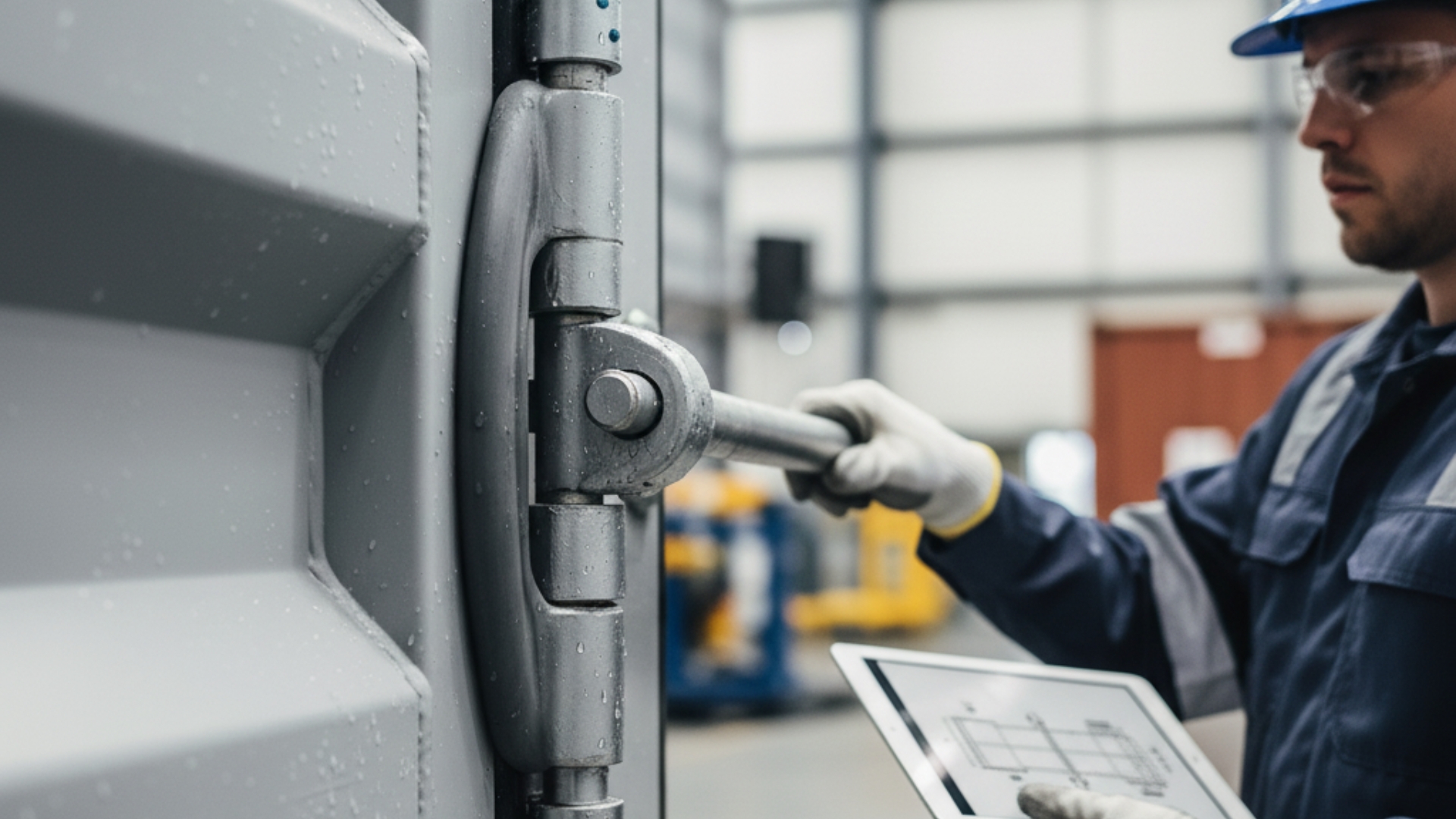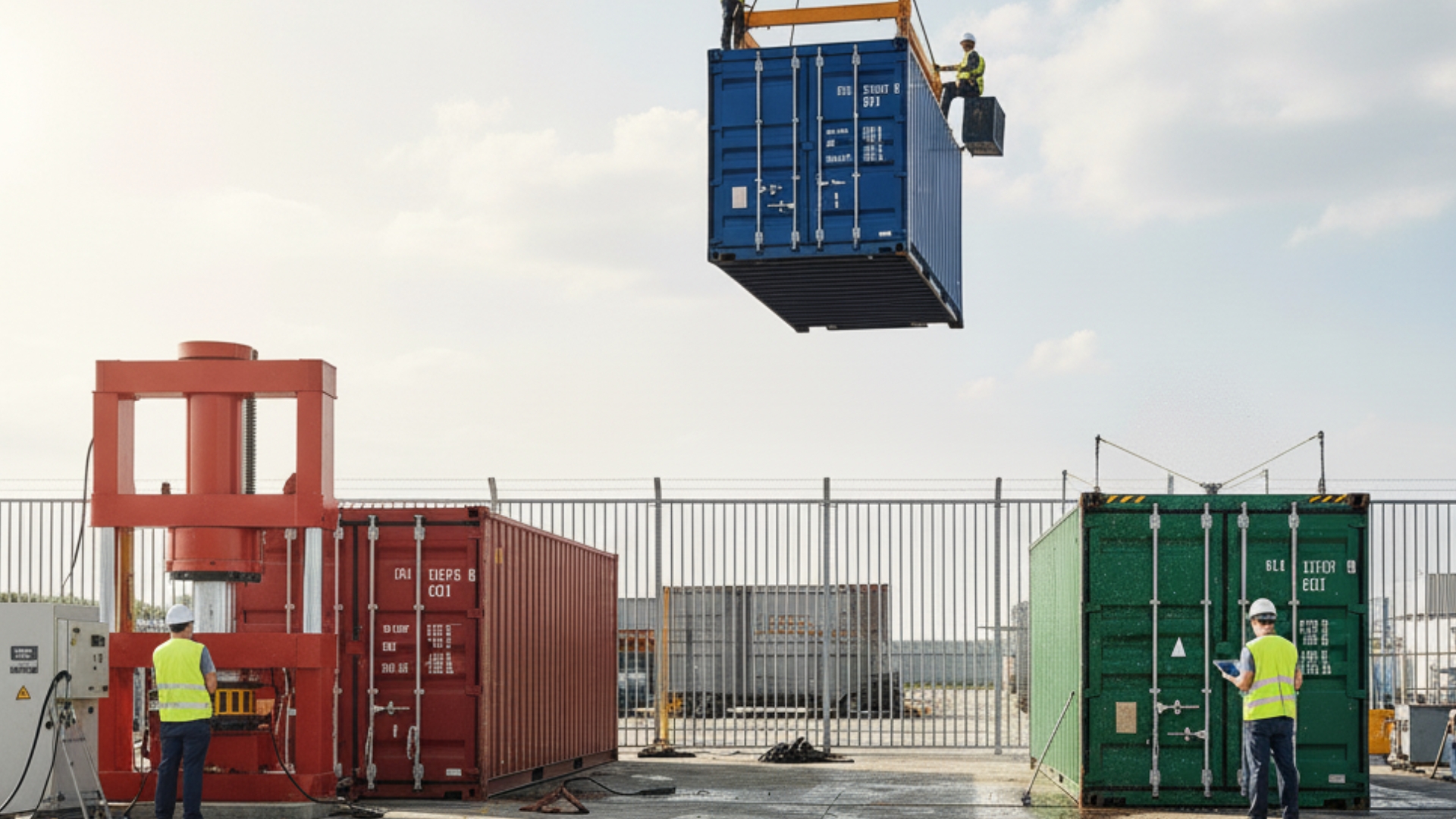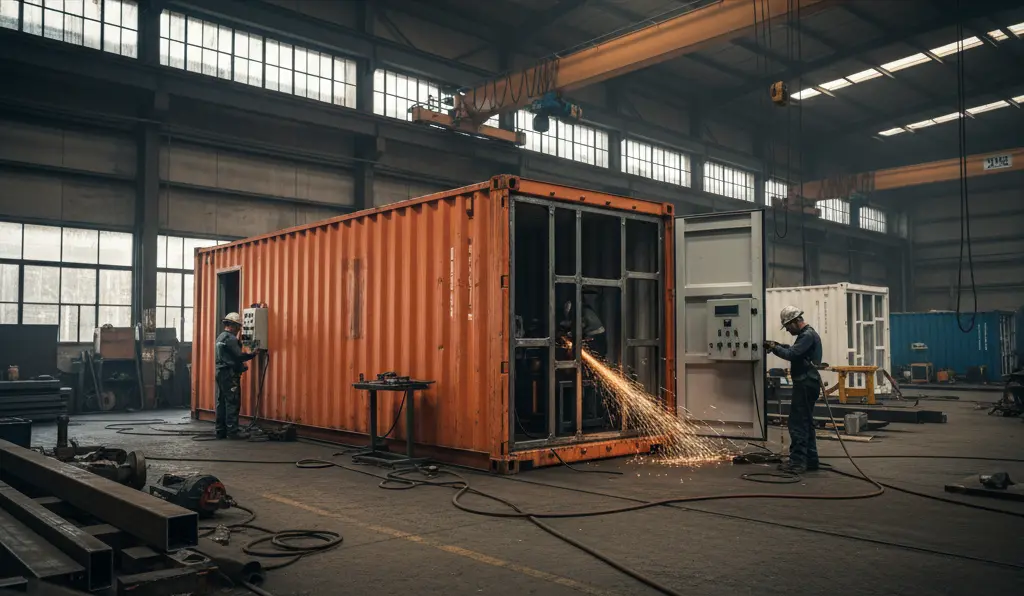In industries like offshore oil and gas, ensuring safety in explosive atmospheres is crucial. Equipment used in these settings must meet stringent safety standards to prevent accidents and protect personnel. Two primary certification systems, ATEX and IECEx, establish these standards for equipment used in such environments. This blog provides an overview of these systems, hazardous area classifications, equipment protection levels, protection techniques, equipment markings, and their impact on offshore operations.
1. Introduction to ATEX and IECEx
- ATEX (Atmosphères Explosibles): This European Union directive (2014/34/EU) specifies safety requirements for equipment intended for use in explosive atmospheres within the EU. Compliance with ATEX is mandatory for equipment sold in EU countries.
- IECEx (International Electrotechnical Commission System for Certification to Standards Relating to Equipment for Use in Explosive Atmospheres): An international certification system that verifies compliance with IEC standards for equipment used in explosive atmospheres. IECEx aims to facilitate global trade by ensuring consistent safety standards worldwide.
2. Hazardous Area Classifications in Offshore Environments
Offshore environments are categorized into zones based on the frequency and duration of explosive atmospheres:
- Zone 0: An area where an explosive gas atmosphere is present continuously or for long periods.
- Zone 1: An area where an explosive gas atmosphere is likely to occur during normal operations.
- Zone 2: An area where an explosive gas atmosphere is unlikely to occur during normal operations and, if it does, will exist only for a short time.
These classifications help determine the necessary safety measures and appropriate equipment for offshore platforms.
3. Equipment Protection Levels (EPLs)
EPLs indicate the protection level of equipment intended for use in hazardous areas:
- Gas Atmospheres:
- Ga: Equipment suitable for Zone 0, offering very high protection.
- Gb: Equipment suitable for Zone 1, providing high protection.
- Gc: Equipment suitable for Zone 2, with enhanced protection.
- Ga: Equipment suitable for Zone 0, offering very high protection.
- Dust Atmospheres:
- Da: Equipment suitable for Zone 20, offering very high protection.
- Db: Equipment suitable for Zone 21, providing high protection.
- Dc: Equipment suitable for Zone 22, with enhanced protection.
- Da: Equipment suitable for Zone 20, offering very high protection.
4. Types of Protection Techniques
Various techniques are employed to ensure equipment safety in explosive atmospheres:
- Intrinsic Safety (Ex i): Designing equipment to operate with low energy levels insufficient to ignite an explosive atmosphere. This approach is common in control circuits with low currents and voltages.
- Flameproof Enclosure (Ex d): Encasing equipment in a housing capable of withstanding internal explosions without transmitting them to the external environment.
- Increased Safety (Ex e): Enhancing safety measures to prevent arcs, sparks, or hot surfaces that could ignite an explosive atmosphere.
5. Marking of Equipment
Equipment certified for use in explosive atmospheres carries specific markings indicating its suitability:
- ATEX Marking Example: “II 2G Ex d IIB T4 Gb”
- II: Equipment Group II (for use in explosive atmospheres other than mines).
- 2G: Category 2 equipment for gas atmospheres (suitable for Zones 1 and 2).
- Ex d: Flameproof protection.
- IIB: Gas group (e.g., ethylene).
- T4: Temperature class (maximum surface temperature of 135°C).
- Gb: Equipment Protection Level (high protection).
- II: Equipment Group II (for use in explosive atmospheres other than mines).
IECEx markings are similar but focus on international standards.
6. Impact on Offshore Operations
Adherence to ATEX and IECEx standards significantly influences offshore operations:
- Safety Compliance: Ensuring all equipment used offshore is certified according to ATEX and/or IECEx standards to prevent accidents in explosive atmospheres.
- Risk Assessment: Identifying hazardous zones on offshore platforms and selecting appropriate equipment with suitable protection levels.
- Maintenance and Inspection: Conducting regular checks to ensure ongoing compliance and functionality of explosion-protected equipment.
At Al Basata, we prioritize safety by strictly following ATEX and IECEx standards in our offshore operations. As an ADNOC-approved manufacturer since 2010, we specialize in providing high-quality, certified offshore containers and modular buildings, including air-conditioned units, tailored to meet the unique needs of offshore environments. Our team ensures that all equipment is properly marked and maintained for optimal performance. Regular inspections and maintenance are integral to our commitment to delivering reliable and safe solutions in high-risk settings.




